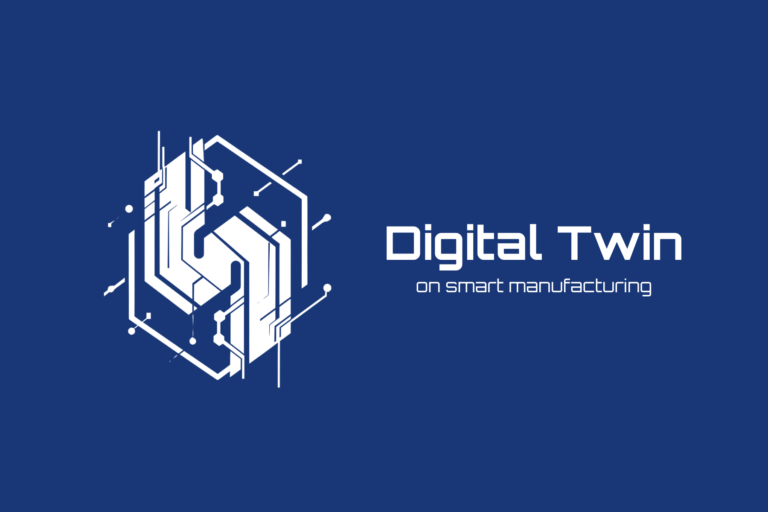Digital twins serve as active digital models of physical objects or business processes, enabling real-time data gathering, visualization, and the derivation of actionable insights. Combined with machine learning (ML), digital twins enhance predictive analytics, allowing companies to model different scenarios, streamline operations, and tackle inefficiencies more effectively. This groundbreaking idea revolutionizes the business intelligence (BI) sector and offers unique possibilities for improving data-informed decision-making. Digital twins are virtual models of physical objects or processes continuously updating with real-time data. They provide a dynamic framework for monitoring, analysing, and optimizing operations in real-world environments. Business intelligence complements digital twins by transforming raw data into actionable insights, facilitating improved decision-making, and enabling businesses to thrive in competitive markets. Data has emerged as a pivotal asset in modern business, driving innovation, efficiency, and competitive advantage. For example, predictive maintenance in manufacturing minimizes downtime, while personalized marketing in retail enhances customer engagement. These examples underscore the transformative potential of harnessing data effectively.
The lifecycle of a digital twin involves four key stages: modelling, integration, simulation, and optimization. Key components include the physical asset, digital model, data connection, and analytics capabilities, forming a cohesive real-time analysis and action system. Business intelligence adds value by providing descriptive, predictive, and prescriptive analytics, enabling organizations to monitor performance, forecast trends, and recommend actions. Tools like Tableau and Power BI support visualization, trend analysis, and strategic planning, demonstrating the tangible benefits of adopting data-centric strategies.
Integrating digital twins and BI relies on real-time data collection through IoT-enabled sensors and cloud platforms. Dashboards and visualization tools offer clear, actionable views of key metrics, enabling stakeholders to monitor performance effectively. Machine learning enriches digital twins by enabling predictive analytics, such as forecasting outcomes or detecting anomalies. These capabilities allow businesses to address inefficiencies and capitalize on opportunities proactively. Simulations and analyses conducted through digital twins identify cost-intensive processes or uncover untapped revenue opportunities, facilitating strategic improvements.
Effective data management is foundational for integrating digital twins and BI. Technologies such as relational databases, data warehouses, and graph databases ensure structured, consolidated data analysis. Machine learning techniques, including regression, clustering, and evaluation metrics, enhance model reliability and provide actionable insights. Decision-making frameworks integrating simulation outputs with BI insights optimize resource allocation and ensure strategic improvements.
Digital twins have applications in various industries. In manufacturing, they optimize supply chains and predictive maintenance; in retail, they enhance demand forecasting and inventory management; and in healthcare, they support personalized treatment plans and resource allocation. Simulations identify cost drivers and profit centers, such as optimizing delivery routes in logistics to reduce fuel consumption and improve customer satisfaction.
While the benefits are evident, challenges persist. The high volume, speed, and variety of data create obstacles for real-time analytics, requiring scalable infrastructure and efficient algorithms. It is crucial to ensure data security and privacy, compliance with regulations like GDPR, ethical AI practices, responsible usage, and stakeholder trust.
When integrated with business intelligence, digital twins offer a transformative method for data-driven decision-making. Real-time insights, predictive analytics, and simulation tools help businesses optimize operations and stay competitive. Future advancements in hybrid AI models, IoT, and blockchain technology promise to enhance digital twins further, unlocking unprecedented opportunities for growth and innovation.






